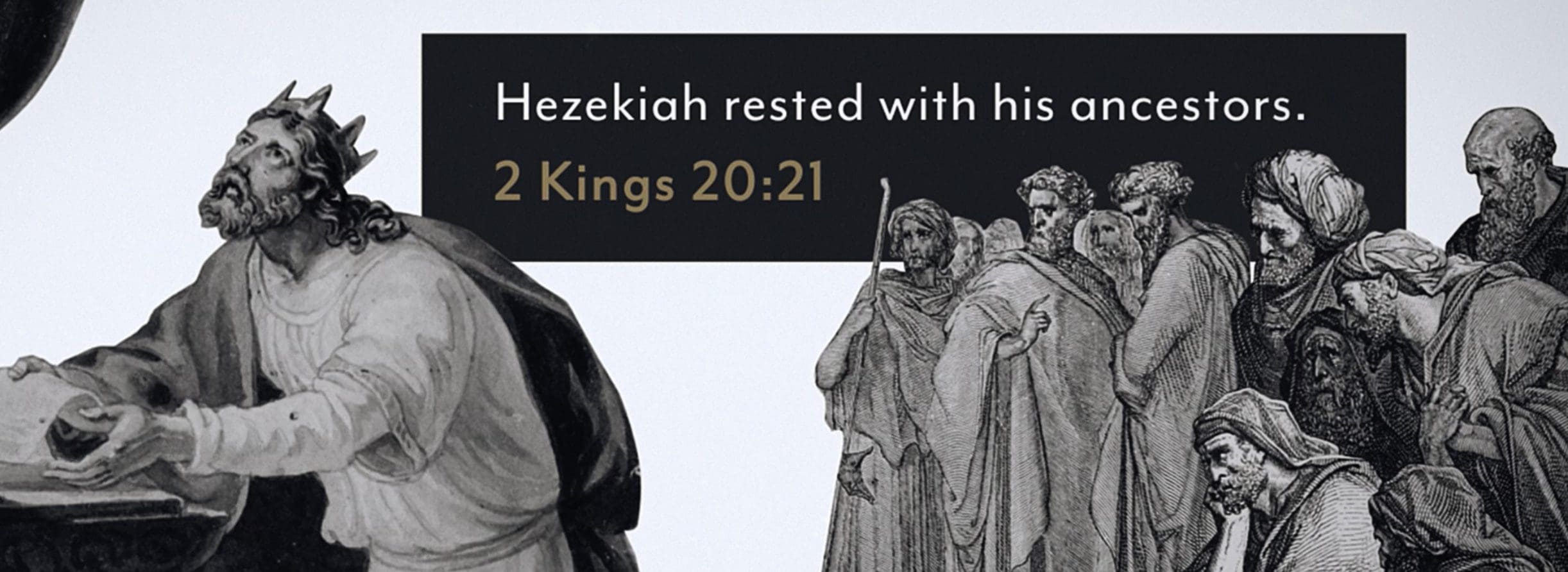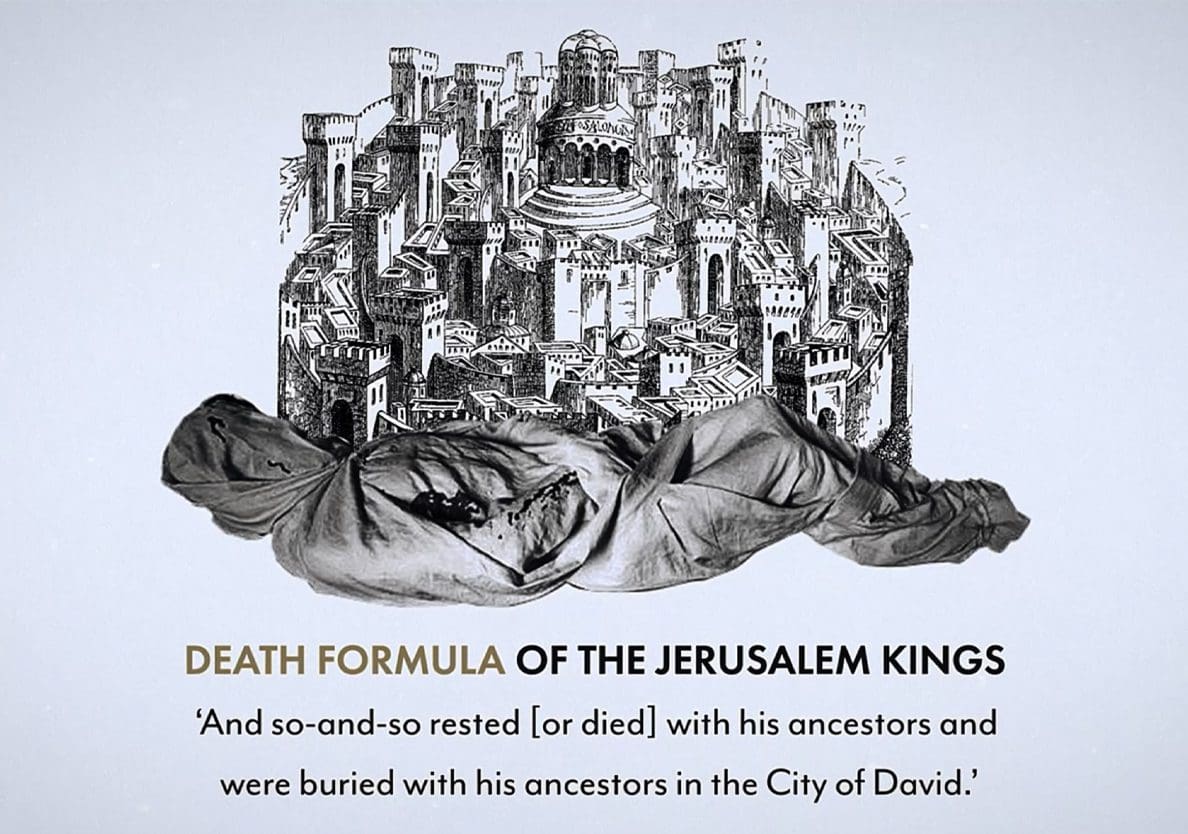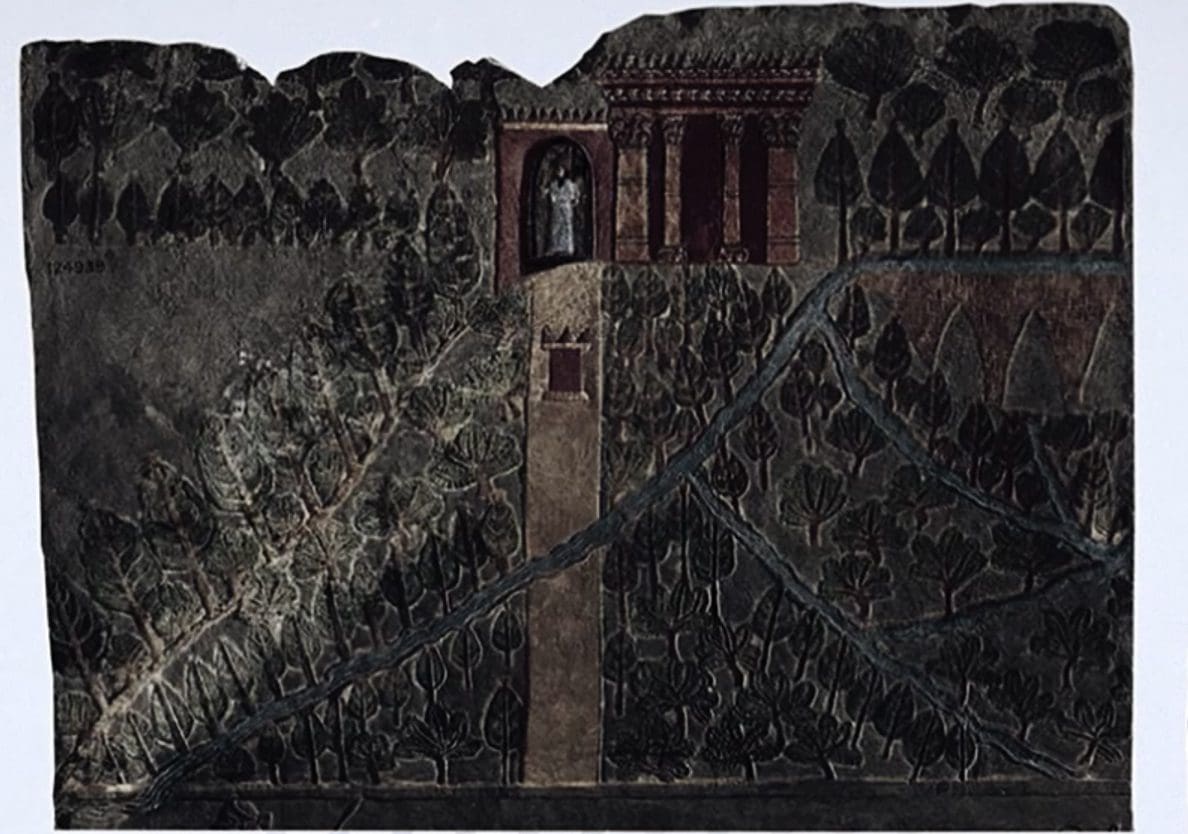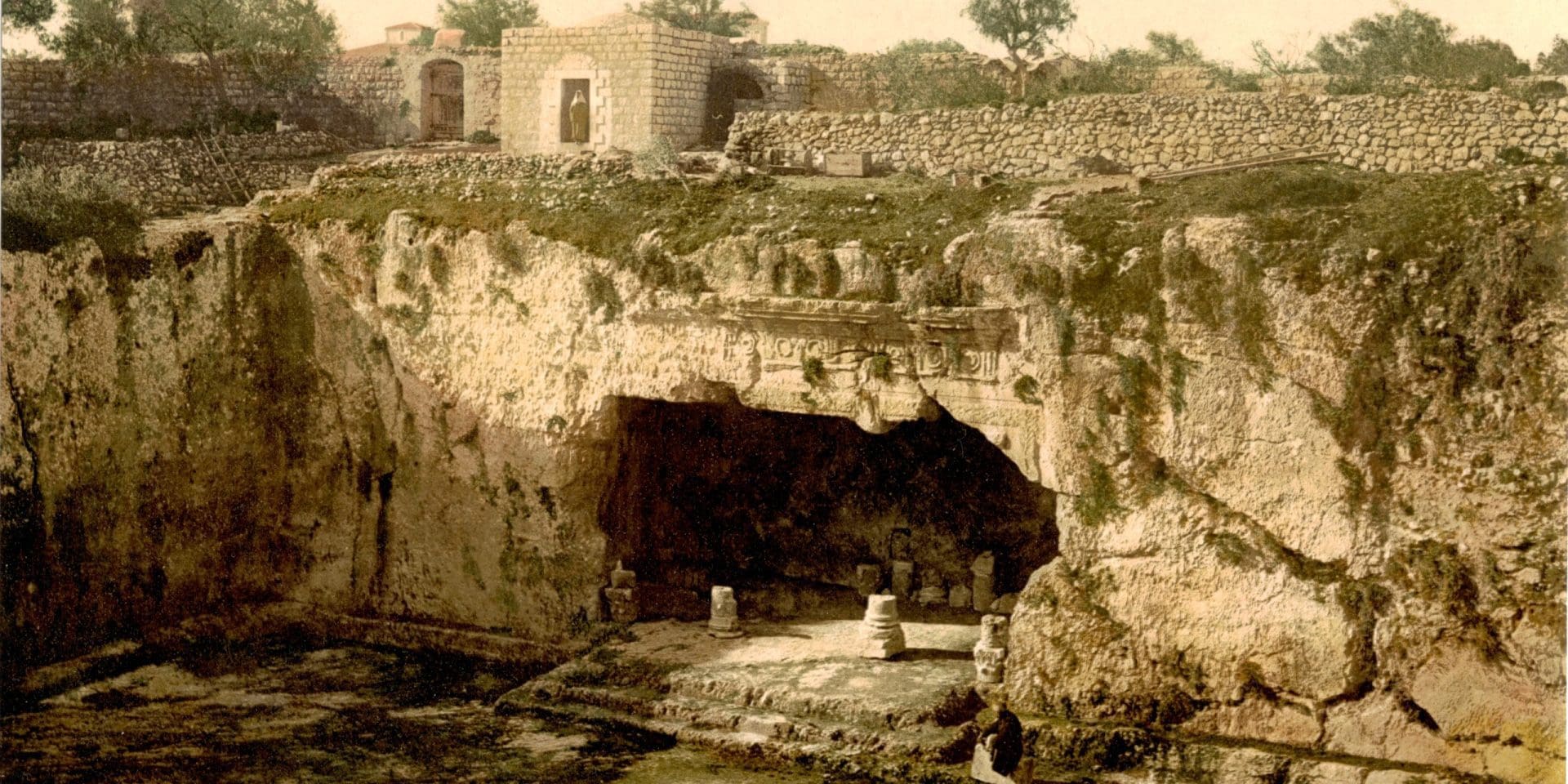The royal tombs and burials of ancient Judah present us with several mysteries. On the one hand, the Bible provides us with brief descriptions of the general location of each of Jerusalem’s kingly resting places. On the other hand, some of the Bible’s finer details leave many questions.
First, there is the mystery presented by the death formulas of the kings of Jerusalem. For almost all the kings it says that they died or rested with their ancestors and were buried in the City of David. Burial within the city’s limits seems to have been exclusively reserved for Jerusalem’s royals. All twelve kings from David to Ahaz, use this similar death formula or saying, and are said to have been buried in the city of David, with only five of these kings (namely, Asa, Jehoram, Joash, Azariah/Uzziah, Ahaz) being buried in their own tombs rather than in the proper tombs of the kings, and for various reasons.
This all changes with Ahaz’s son, the reformer king, Hezekiah who ruled Judah during the devastating Assyrian invasion. He is the first king in the book of Kings whose death formula just says that he died, it reads quite simply, “Hezekiah rested with his ancestors” (2 Kings 20:21, NIV). 2 Chronicles adds that Hezekiah was buried on the hill where the tombs of David’s descendants are. So, not in the tombs of the kings within the city of David, but rather in a royal family cemetery nearby. Hezekiah’s son and grandson, kings Manasseh and Amon are then said to have been buried in their palace garden, the garden of Uzza. The next king, Josiah is likewise said to have been buried in Jerusalem, not the smaller acropolis of the city of David, and in his own tomb. The last four kings of Jerusalem all died and were buried in various exiles; Jehoahaz went to Egypt. and Jehoiakim, Jehoiachin, and Zedekiah to Babylon.

So, this leaves us with questions that researchers debate: Where exactly were the proper tombs of the kings, where and what is the garden of Uzza, and why was there a shift away from burial in the tombs of the kings and into a palace garden and personal tombs?
Some believe that the ministry of the prophet Ezekiel initiated the switch. In Ezekiel 43 (Ezek. 43:7-9), God indicts Jerusalem for burying her kings so close to the Temple, and for accompanying their deaths with offerings. In this view, kings from Hezekiah onward were buried farther away from the Temple to curry God’s favor once again.
There is also an interesting cultural association with kings and gardens, garden tombs located in palace complexes were kingly places of burial in the cultures surrounding Judah. So perhaps King Manasseh’s association with Assyria led him to choose a garden burial.


These answers have led us to our next mystery. What were the unacceptable royal funeral offerings mentioned by Ezekiel? We know from King Asa’s reign that his body was laid on a bier that was covered in spices ad perfumes (2 Chr. 16:14), we don’t know if this was in his tomb, or if his body was displayed for a funeral. We also know from this account and from a mention in the book of Jeremiah (Jer. 34:4-5) that it was customary to have a large fire in honor of a dead king. Archaeologically, there are no known remains of a king’s burial in or around Jerusalem, however from more common graves it’s known that many funeral offerings and, perhaps, even yearly offerings were given to or on behalf of the dead. These were practical offerings like food, wine, and spices. Perhaps these were also offered for the Kings, and in larger, grander quantities, and at least the prophet Ezekiel did not approve.

Corie Bobechko is a daily co-host, speaker, and writer of Bible Discovery. She also hosts a YouTube channel that shows how history and archaeology prove the Bible. Her heart for seekers and skeptics has led her to seek truth and share it with others. Corie also has a Bachelor of Theology from Canada Christian College.






